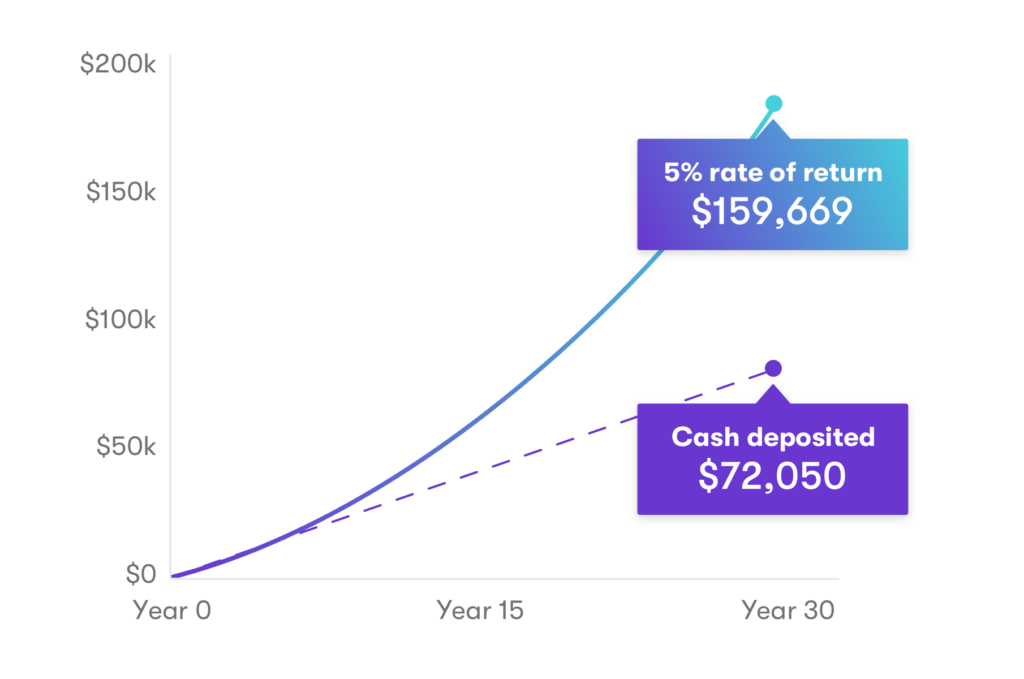May 14, 2018
Secret Millionaires Are Everywhere—Could You Become One?
Find out how these women created fortunes and left endowments to great causes.

Recently, a 96-year-old secretary named Sylvia Bloom left $6 million to something called the Henry Street Settlement, which provides social and educational services to lower income people in New York City. The money will be earmarked specifically to help disadvantaged students pay for and complete college.
Bloom, who died in 2016 and whose estate was settled last week, worked for 65 years at the same Wall Street law firm and purchased small shares of stock that mirrored larger purchases made by her bosses.
Over time, that money turned into a $9 million fortune. (She reportedly left the remaining money to her alma mater Hunter College, and to her family.)
How can a secretary amass $9 million?
Regular lives, big fortunes
Bloom’s story is astonishing, but secret millionaires who become philanthropists upon their deaths are more common than you think. What they all have in common is a commitment to regular saving, modest lifestyles, and investing in the market.
Other examples include Grace Groner, who reportedly bought 3 shares of Abbott Laboratories stock in 1935, for a total of $160. She held onto those shares as she worked at the company, reinvested the dividends, and upon her death in 2010 had amassed a staggering $7 million, according to reports. While it may be a difficult to duplicate gains like that today, Groner nevertheless left the money to her alma mater, Lake Forest College, in Lake Forest, Illinois.
Similarly, Eugenia Dodson, a farmer’s daughter who grew up in rural Minnesota and worked in a beauty shop in Miami, Florida before marrying, amassed a fortune of $35.6 million by the time she died at 100, in 2005. She did that by investing proceeds from a land sale in blue chip stocks, according to reports. Dodson left her fortune to the University of Miami, for cancer and diabetes research.
Frugality and lessons of the Great Depression
All three experienced hardship and the Great Depression and were frugal their entire lives. Groner, for example, lived in a tiny one-bedroom house that had been willed to her, and that could hardly contain her small amount of furniture. Bloom worked until she was in her 90s, and took mass transit to work.
Of course, all three women had something else in common: they lived to ripe old ages, had long and stable work careers, and benefited from some of the biggest boom years the stock market has ever known.
A stock index called the S&P 500 had an average annual return of more than 9% for much of the time Bloom and the other women invested. That time period includes the post-World War II boom years of the 1950s and the dotcom years of the 1990s when the stock market had spectacular gains. But it also encompasses the financial crisis that began in 2008 when equities lost more than half of their value.
Going forward, the average annual return on stocks is likely to be closer to 6%. Nevertheless, you may still put away a sizable sum and fund your own charity at the end of your life.
The power of compounding
It’s not magic, really. In fact, there are about 5 million people in the U.S. with a net worth of $1 million or more. Most investors can grow wealth through a process called compounding. It’s basically when your money, and the interest it earns, earns interest on top of the interest.
Here’s an example of what compounding looks like, if you put aside $50 a week, or $200 a month for the next 30 years, earning 5% annually. You’d have $159,669. With interest and compounding, that’s more than double the $72,050 of principal you put away.

Be your own philanthropist
If you want to get to Bloom or Groner’s level of wealth, you’d have to put away more than $50 a week–and definitely invest it. But you might still amass a significant amount of money by saving and investing what you can and letting compounding do the rest.
Then you can leave your cash to a cause you find worthwhile, whether that’s education, animal welfare, or medical research.
The sky’s the limit. Start putting your money to work now.
Related Articles

The 2024 Financial Checklist: A Guide to a Confident New Year

9 Ways to Celebrate Financial Wellness Month

Budgeting for Young Adults: 19 Money Saving Tips for 2024

The Best Personal Finance Books on Money Skills, Investing, and Creating Your Best Life for 2024

What Is a Financial Plan? A Beginner’s Guide to Financial Planning

How to Save Money: 45 Best Ways to Grow Your Savings





